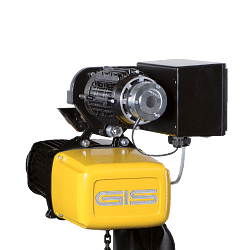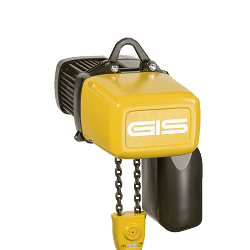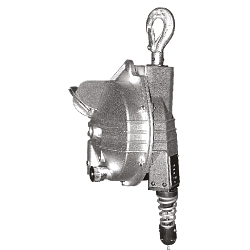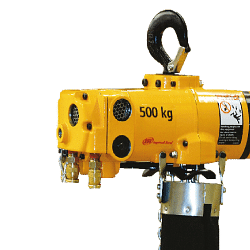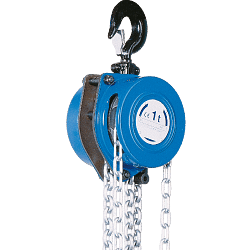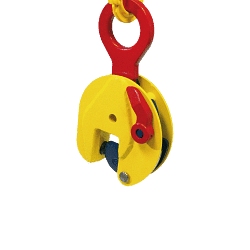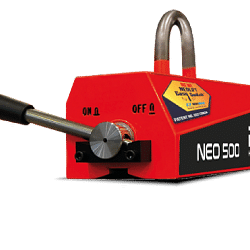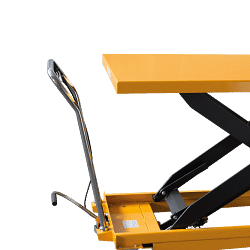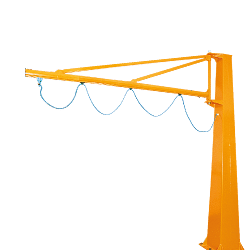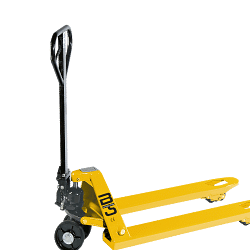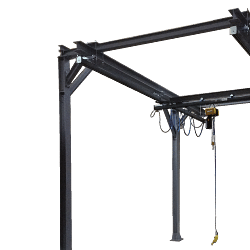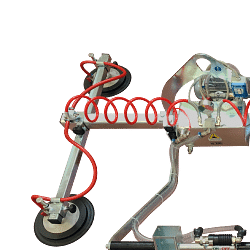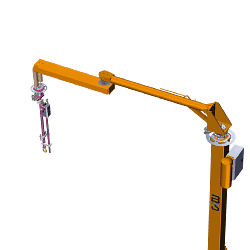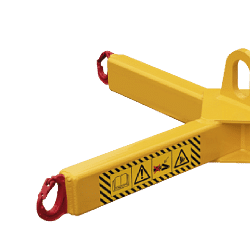Register and use the discount code NEWWELCOME to get 10% off on your first purchase. GET DISCOUNT.
Register and use the discount code NEWWELCOME to get 10% off on your first purchase. GET DISCOUNT.
Register and use the discount code NEWWELCOME to get 10% off on your first purchase. GET DISCOUNT.
Free shipping in 24h from 200€
Catalogues
Customer service
How can we help you?
- Faq
- Customer service
02.927371
- Supporting big orders
02.38298620
-
info@linkindustrialtools.it
- Request assistance with form
Or contact us with the chat in the lower right corner
- All products
 Integral cutting tools
Integral cutting tools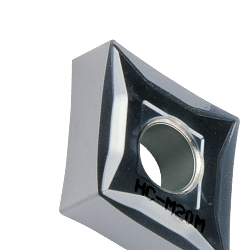 Turning tools
Turning tools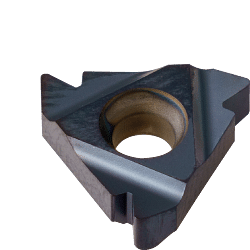 Thread tools
Thread tools Thread tools
Thread tools- All products
- Thread inserts
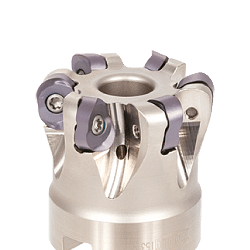 Milling cutters
Milling cutters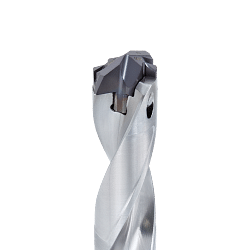 Drilling tools
Drilling tools Drilling tools
Drilling tools- All products
- Indexable drill bits
- Indexable drill heads
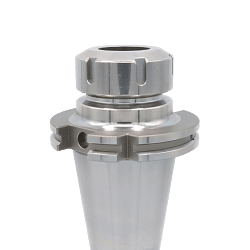 Clamping systems
Clamping systems Measuring and precision tools
Measuring and precision tools Measuring and precision tools
Measuring and precision tools- All products
- Digital calipers with readings to 0.01
- Analogue calipers
- Digital micrometers
- Analogue micrometers
- Bore gauges
- Snap gauges
- Digital gauges
- Analogue gauges
- Touch probes
- Zero setters and edge finders
- Inspection plates
- Altimeters
- Height gauges
- Squares and levels
- Threaded rings
- Gauge blocks
- Calibrated tapes and thickness gauges
- Digital and analogue hardness testers
- Roughness testers
- Microscopes, lenses and visors
- Digital thermo-hygrometer to measure moisture
- Reset benches
- Optical profile projector
- Professional, digital dynamometers
- Laboratory scales
- Digital amperometric pliers
- Thickness and adhesion gauges
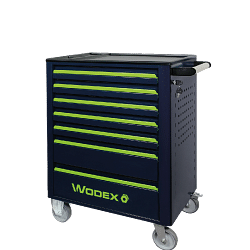 Hand tools
Hand tools Hand tools
Hand tools- All products
- Combination wrenches
- Spanners
- Hook wrenches
- Tubular wrenches
- Hexagon keys
- Torx wrench
- Socket wrenches
- Screwdrivers
- Torque wrenches
- Torque screwdriver
- Inserts and bits for screw drivers
- Tool trolleys
- Workshop pliers
- Wire strippers
- Cable strippers
- Cutting nippers
- Professional scissors
- Nippers
- Professional shears
- American or Swedish pipe wrench
- Adjustable wrench
- Pipe tools
- Pipe cutter for plumber
- Cutter
- Hacksaws
- Deburring tools
- Chisels
- Hammers and mallets
- Mechanical and conical pullers
- Clamps
- Tap wrenches and die stocks
- Riveters
- Flexometers
- Tape measures
- Markers
- Flat squares and rulers
- Professional dividers
- Professional protractors
- Brushes
- Lubricators and spray nozzles
- T-wrenches
- Reversible ratchets
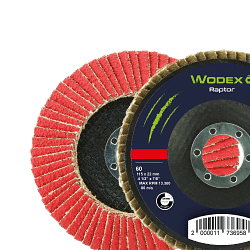 Abrasives
Abrasives Abrasives
Abrasives- All products
- Cutting discs
- Deburring grinding wheel
- Flap discs
- Fabric discs for surface treatment
- Abrasive fibre discs with Velcro
- Abrasive cloth in rolls, sheets and bands
- Flap wheels with pin and abrasive wheel with hole
- Abrasive wheels for buffing machines
- Abrasive spiral bands
- Abrasive brushes
- Flexible sanders
- Mounted grinding discs
- Polishing felt
- Solid carbide rotary cutters
- HSS rotary cutters
- Abrasive wheels for sharpening and grinding
- Diamond grinding wheels
- Grinding stone
- Diamond paste
- Abrasive stones
- Files and rasps
- Diamond files
- Grinders and polishing equipment
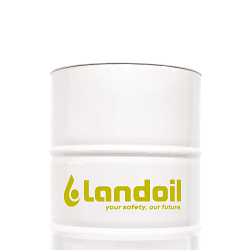 Lubricants for machine tools
Lubricants for machine tools Lubricants for machine tools
Lubricants for machine tools- All products
- Water-miscible coolants
- Neat cutting oil
- Minimal lubrication systems
- Oil for guides and slides
- Drums of hydraulic oil fluid
- Anti-freeze for machine tools
- Air coolers
- Oil separator
- Powders and absorbents for oil
- Aspirators for oil mist
- Accessories for cooling lubricants
- Metal and mould protectors
- Grease and paste
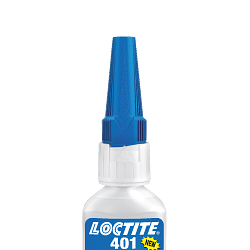 Chemical, adhesives and sealants
Chemical, adhesives and sealants Chemical, adhesives and sealants
Chemical, adhesives and sealants- All products
- Acrylic, cyanoacrylate and epoxy adhesives
- Guns and silicon sealant
- Threadlocker
- Sealants and retainers
- Release agents, lubricants and anti-seize
- Zinc spray and polishes
- Lubrication accessories
- Protections for maintenance
- Industrial Cleansing
- Handwash
- Industrial cloths and rags
- Welding machines
- Electrodes
- Clamps, shields and welding masks
- Antispatter
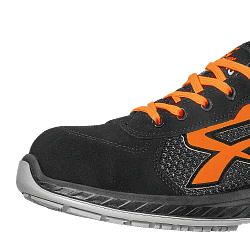 Safety equipment
Safety equipment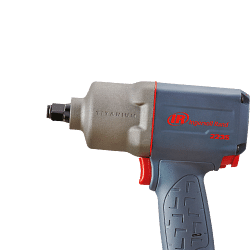 Pneumatics
Pneumatics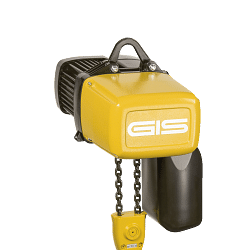 Lifting systems
Lifting systems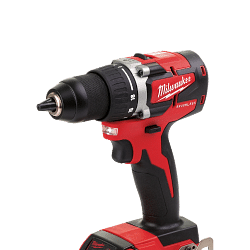 Workshop equipment
Workshop equipment Workshop equipment
Workshop equipment- All products
- Column and bench drills
- Accessories for lathes
- Band saws
- Cut-off machines
- Bench grinders
- Power tools
- Spare parts and accessories for Power Tools
- Saws and hole cutters: wood, metal and plasterboard
- Tapered cutters for sheet metal
- Industrial aspirators
- Fume aspirators
- Bench vices
- Technical lamps
- LED torches
- Industrial cable winders
- Trolley wheels
- Quick clamps
- Threaded inserts
- Control knobs
- Packaging accessories and material
- Belt sanders
- Electric tapping machines
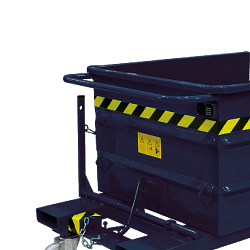 Furnishings and storage
Furnishings and storage Furnishings and storage
Furnishings and storage- All products
- Work benches
- Swivel chairs for office use
- Drawer units for workshops
- Industrial cabinets for warehouses and workshops
- Tool cabinets
- Security cabinets
- Changing room cabinets
- Containers for small metal parts
- Scrap holders
- Workshop trolleys
- Spill pallets for drum storage
- Shelves for warehouses and offices
- Cantilever shelving
- Aluminium ladders
- Modular plinths
- Units and cabinets for waste recycling
 Brand
BrandPromotions
 Bestseller
Bestseller- Catalogues
-
Catalogues
Customer service
How can we help you?
- Faq
- Customer service
02.927371
- Supporting big orders
02.38298620
-
info@linkindustrialtools.it
- Request assistance with form
Or contact us with the chat in the lower right corner
< Lifting systems
- Home
- Lifting systems
- Vacuum tube lifters
Vacuum tube lifters
Vacuum lifters represent one of the most advanced and versatile solutions in the panorama of material handling equipment in machine shops. These devices, also known as vacuum lifters, utilise vacuum technology to lift, move and position loads of various types and sizes, offering an efficient and safe alternative to traditional lifting methods.
Understanding Vacuum Lifting Technology
The technology behind vacuum lifters is based on the use of vacuum pumps or generators that create a pressure difference between the outside environment and the inside of a suction cup or suction cup system. This pressure difference generates a suction force that allows the load to be lifted and held securely. Vacuum lifters are particularly appreciated for their ability to handle delicate or irregularly shaped materials that could be damaged by more invasive lifting methods.
Applications and use in industrial contexts
In the context of machine shops, vacuum lifters are used in a wide range of applications. They are ideal for handling sheet metal, glass, wood panels, metal components and other materials that require gentle handling. Their versatility makes them suitable both for loading and unloading operations and for the precise positioning of components during assembly.
The use of vacuum lifters not only improves operational efficiency, but also helps reduce the risk of work-related injuries. Thanks to their ability to lift heavy loads without physical effort on the part of the operators, these devices help prevent musculoskeletal injuries and promote a safer working environment.
Advantages of vacuum lifters
One of the main advantages of vacuum lifters is their ability to adapt to a wide range of materials and shapes. The suction cups can be customised to adhere to smooth, rough or uneven surfaces, ensuring a secure and stable grip. In addition, vacuum lifters offer precise load control, allowing for smooth movements and accurate positioning.
Another positive aspect is the reduction in cycle times. Thanks to the speed with which they can grip and release loads, vacuum lifters optimise production processes, increasing overall workshop productivity. In addition, their ease of use and low maintenance requirements make them an economical choice in the long term.
Frequently asked questions about vacuum lifters
Many industry professionals ask questions about vacuum lifters, trying to better understand their functionality and applications. Here are some of the most common questions:
1. What are the weight limits for vacuum lifters?
Weight limits vary depending on the model and design of the lifter. It is important to consult the manufacturer's specifications to determine the maximum load supported.
2. Can vacuum lifters be used outdoors?
Yes, many vacuum lifters are designed to work outdoors, but it is essential to ensure that they are suitable for specific weather conditions.
3. How is a vacuum lifter maintained?
Maintenance of vacuum lifters is generally simple and includes regular cleaning of suction cups and checking that the vacuum pumps are working properly.
4. Can porous materials be lifted with a vacuum lifter?
Lifting porous materials can be more complex, but there are specific solutions, such as special suction cups, that can improve lifting efficiency.
5. What are the safety considerations when using vacuum lifters?
It is essential to follow the manufacturer's guidelines and to properly train personnel on the safe use of vacuum lifters to prevent accidents.
Conclusions
Vacuum lifters represent an advanced and versatile technology that offers numerous advantages for machine shops. Their ability to lift and handle loads safely and efficiently makes them an ideal choice for improving productivity and safety at work. With a thorough understanding of their functionality and applications, companies can realise the full potential of these innovative devices, optimising production processes and ensuring a safer and more productive working environment.
Read More Read LessUnderstanding Vacuum Lifting Technology
The technology behind vacuum lifters is based on the use of vacuum pumps or generators that create a pressure difference between the outside environment and the inside of a suction cup or suction cup system. This pressure difference generates a suction force that allows the load to be lifted and held securely. Vacuum lifters are particularly appreciated for their ability to handle delicate or irregularly shaped materials that could be damaged by more invasive lifting methods.
Applications and use in industrial contexts
In the context of machine shops, vacuum lifters are used in a wide range of applications. They are ideal for handling sheet metal, glass, wood panels, metal components and other materials that require gentle handling. Their versatility makes them suitable both for loading and unloading operations and for the precise positioning of components during assembly.
The use of vacuum lifters not only improves operational efficiency, but also helps reduce the risk of work-related injuries. Thanks to their ability to lift heavy loads without physical effort on the part of the operators, these devices help prevent musculoskeletal injuries and promote a safer working environment.
Advantages of vacuum lifters
One of the main advantages of vacuum lifters is their ability to adapt to a wide range of materials and shapes. The suction cups can be customised to adhere to smooth, rough or uneven surfaces, ensuring a secure and stable grip. In addition, vacuum lifters offer precise load control, allowing for smooth movements and accurate positioning.
Another positive aspect is the reduction in cycle times. Thanks to the speed with which they can grip and release loads, vacuum lifters optimise production processes, increasing overall workshop productivity. In addition, their ease of use and low maintenance requirements make them an economical choice in the long term.
Frequently asked questions about vacuum lifters
Many industry professionals ask questions about vacuum lifters, trying to better understand their functionality and applications. Here are some of the most common questions:
1. What are the weight limits for vacuum lifters?
Weight limits vary depending on the model and design of the lifter. It is important to consult the manufacturer's specifications to determine the maximum load supported.
2. Can vacuum lifters be used outdoors?
Yes, many vacuum lifters are designed to work outdoors, but it is essential to ensure that they are suitable for specific weather conditions.
3. How is a vacuum lifter maintained?
Maintenance of vacuum lifters is generally simple and includes regular cleaning of suction cups and checking that the vacuum pumps are working properly.
4. Can porous materials be lifted with a vacuum lifter?
Lifting porous materials can be more complex, but there are specific solutions, such as special suction cups, that can improve lifting efficiency.
5. What are the safety considerations when using vacuum lifters?
It is essential to follow the manufacturer's guidelines and to properly train personnel on the safe use of vacuum lifters to prevent accidents.
Conclusions
Vacuum lifters represent an advanced and versatile technology that offers numerous advantages for machine shops. Their ability to lift and handle loads safely and efficiently makes them an ideal choice for improving productivity and safety at work. With a thorough understanding of their functionality and applications, companies can realise the full potential of these innovative devices, optimising production processes and ensuring a safer and more productive working environment.


